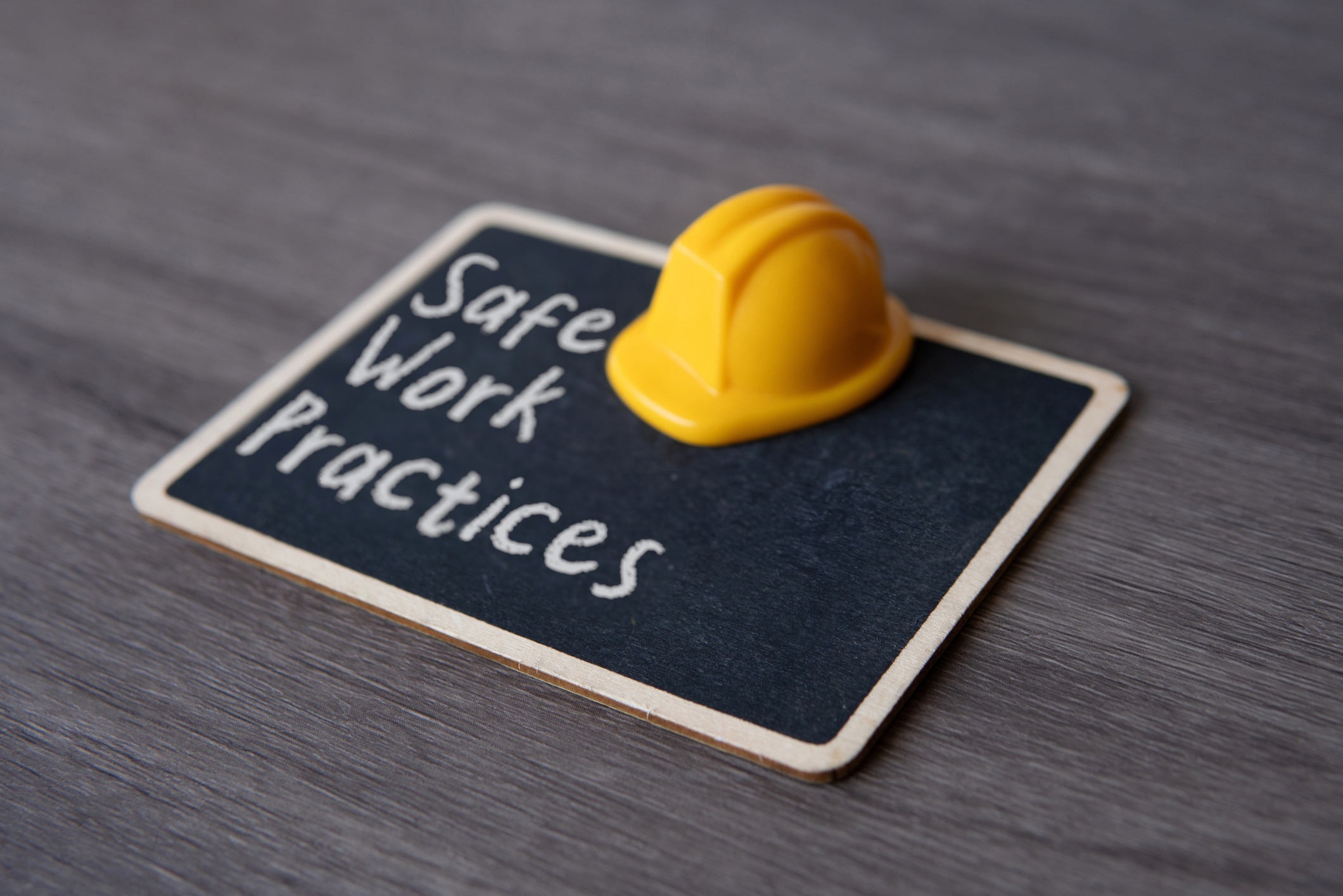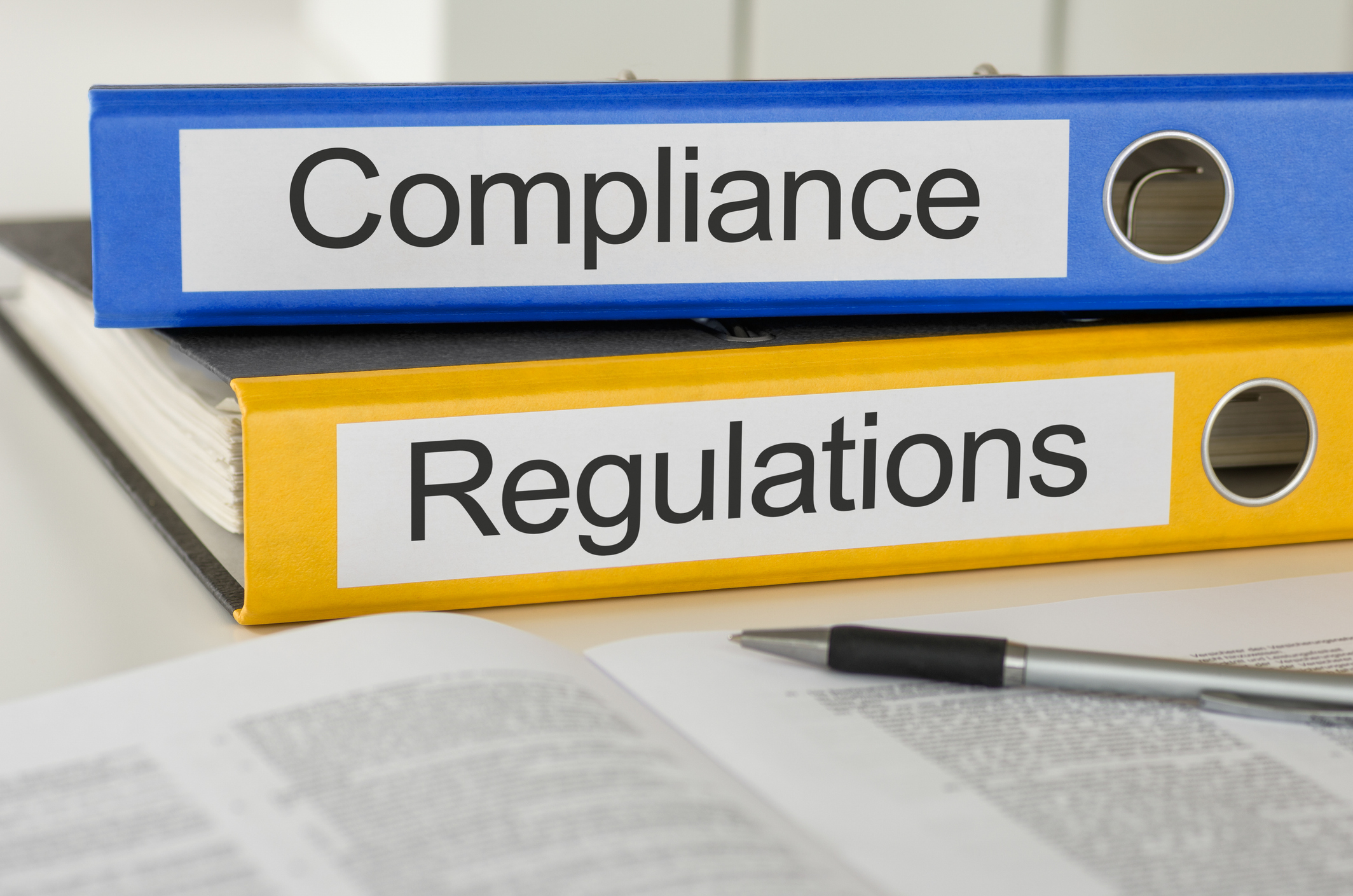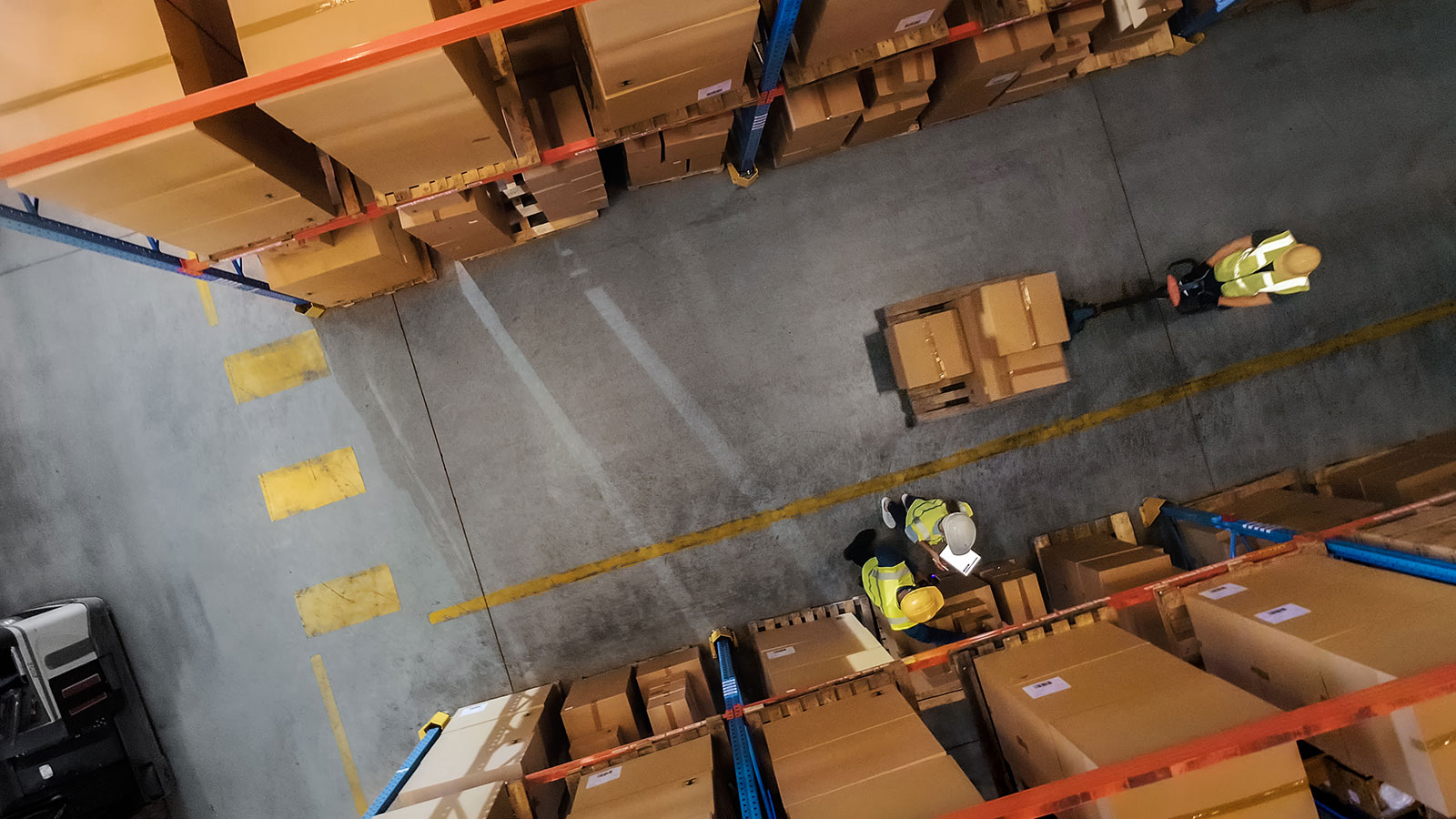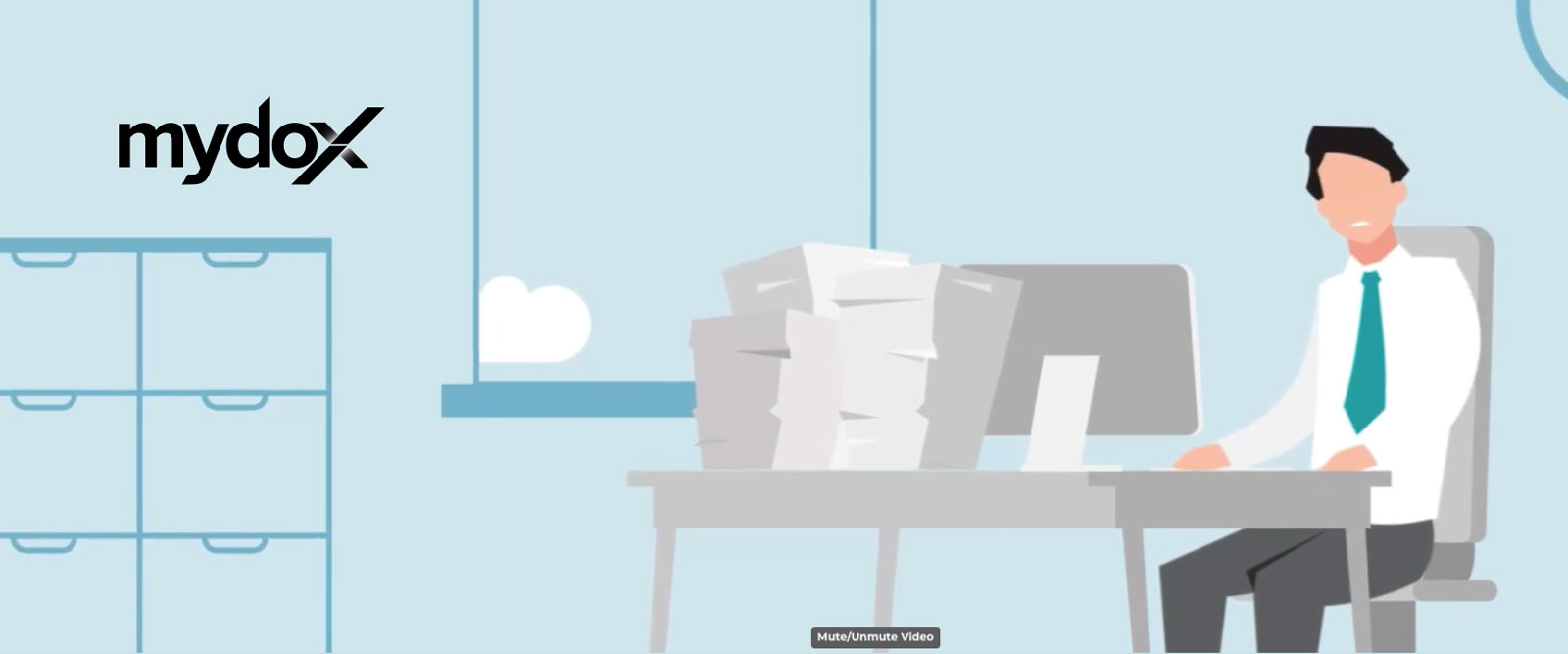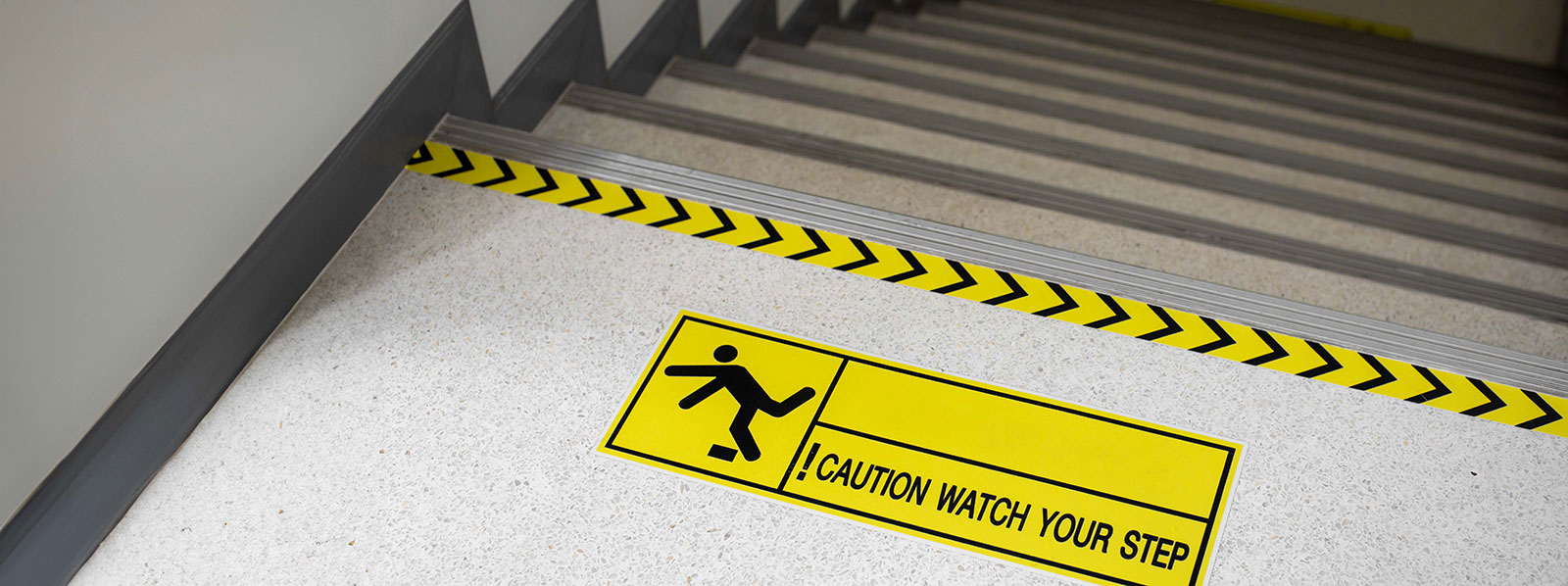
Incidents can happen anywhere, from the workplace to public spaces, and when they do, they can have serious consequences. Whether you’re in charge of health and safety in your business or simply want to be better prepared for the unexpected, it’s essential to have a clear strategy in place. In this post, we’ll discuss how to prevent incidents before they occur, and how to manage them effectively when they do.
Understanding Risk and Identifying Potential Hazards:
The first step in incident prevention is understanding the risks and hazards that may exist in your environment. A thorough risk assessment is key. Look for potential dangers that could lead to accidents, injuries, or damage to property.
Workplace Safety: For example, in a construction site, common hazards might include falling objects, trips and falls, or exposure to harmful chemicals.
Public Spaces: In public areas, you might need to consider risks like crowd management, slippery surfaces, or traffic accidents.
Action Step: Conduct regular risk assessments and encourage staff or stakeholders to report potential hazards. This proactive approach helps to identify issues before they become incidents.
Creating a Safety Plan:
Once you’ve identified potential hazards, it’s time to put a safety plan in place. This plan should outline protocols for preventing incidents, as well as steps to take when an incident does occur.
Preventive Measures: This includes things like regular maintenance, safety training, using proper protective equipment, and ensuring proper signage in hazardous areas.
Emergency Response: The plan should also specify what actions need to be taken in the event of an emergency. This includes who to contact, first-aid procedures, evacuation plans, and how to manage the incident efficiently.
Action Step: Develop a comprehensive safety plan tailored to your specific environment. Make sure it’s easily accessible to everyone involved and update it regularly.
Training and Awareness:
One of the most effective ways to prevent incidents is through regular training and awareness. Educating your team, employees, or the public about the potential risks they may face can drastically reduce the likelihood of an incident occurring.
Employee Training: Regular training on safe practices, emergency procedures, and hazard identification is essential.
Public Awareness: In public settings, signage, announcements, and staff training can all contribute to greater awareness and vigilance.
What to do when the worst happens:
Even with the best precautions in place, incidents can still occur. When they do, the key to effective incident management is a calm, structured response.
Stay Calm: The first priority in any incident is to remain calm and composed. Panic only increases the risk of further harm.
Immediate Actions: Depending on the nature of the incident, you may need to provide first aid, call emergency services, or evacuate the area. The response will depend on the type and severity of the incident.
Documentation: After the incident is under control, documenting everything is crucial. This includes reporting the incident, filling out forms, and noting down witness statements. This documentation will be useful for any legal or insurance matters that may arise later.
Review and Learning from Incidents:
After an incident, it’s crucial to review what happened and identify key lessons learned to improve future safety protocols and prevent similar incidents. This includes conducting a root cause analysis to uncover the underlying factors, such as inadequate training, insufficient equipment, or human error. The insights gained should then be used to drive continuous improvement, updating safety measures and ensuring that preventative strategies are strengthened for better protection moving forward.
The Role of Technology:
In today’s digital age, technology offers numerous tools to improve incident prevention and management.
Mydox is a safety system software developed by Risk Managemnt Essentials. Mydox provides a comprehensive and user-friendly risk management system that helps organisations effectively track hazards, manage risk assessments, and ensure safety compliance. With its automated alerts, Mydox ensures that teams are notified immediately if safety protocols are breached, allowing for a swift response.
By integrating advanced features like real-time hazard detection and automated emergency responses, Mydox strengthens your incident management strategies, helping create a safer and more proactive work environment.
Ready to explore Mydox? Start Here!
Conclusion:
Preventing incidents is about creating a culture of safety, being proactive about risk management, and staying alert to potential dangers. But it’s just as important to be ready when incidents do occur, responding quickly and effectively to minimise harm. By staying calm, having clear procedures in place, and learning from each incident, you can improve your approach to incident management and ensure a safer environment for everyone.
Download a free support services document.

It includes available support services and resources for employees, such as counselling services, and peer support networks to access when needed.
Just fill out the form and we will email it to you.







